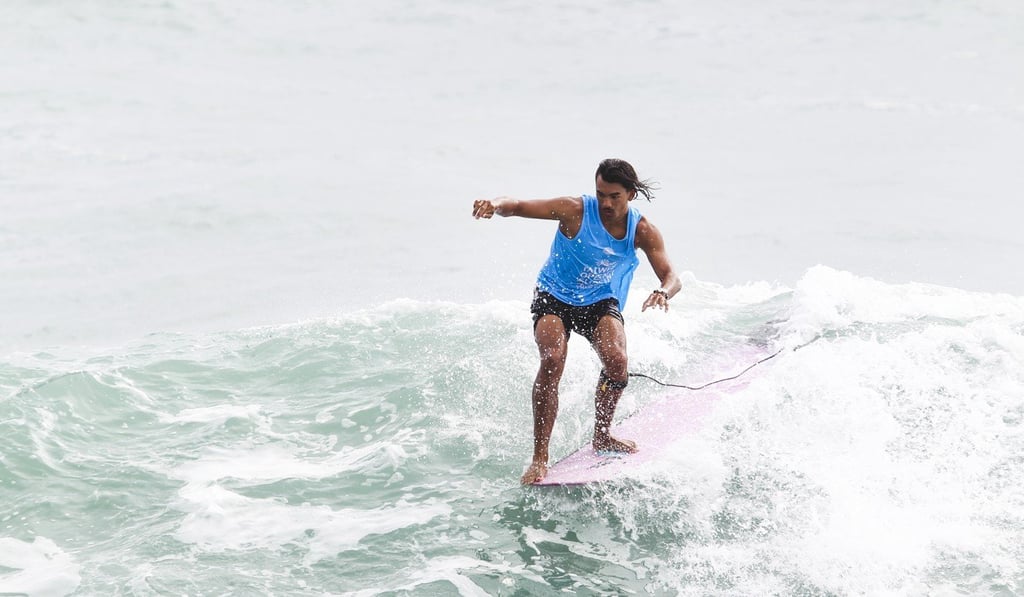Why longboard surfing is making a comeback, especially in Asia and among women
- Longboarding, the traditional form of surfing, is seeing a resurgence in surf spots around the globe
- More stable than a shortboard, longboards are ideal for smaller, less powerful waves, and require smooth, flowing technique

Unlike today’s modern shortboards, in the 1960s – the days of the Beach Boys and wave riders frolicking on the sun-kissed shores of California and Hawaii – the surfboards that graced Malibu and Sunset Beach were usually 10 feet (three metres) or more in length.
These were the forerunners of the boards on which competitors from around the world carved elegant lines across the surf when Taiwan hosted the World Surf League’s Taiwan Open World Longboard Championships last November.
Asian surfers have generally not been well represented on the world surfing circuit, so it was good to see 18-year-old local talent Rory Pan Hai-hsin take on the world’s best.
Pan, from Kenting in southern Taiwan, was born to a Taiwanese mother and English father. He competes in the World Surf League circuit and has surfed both competitively and recreationally across Asia, including in China, Thailand, Malaysia, Indonesia and the Philippines.

He says he enjoys the variety of surfing styles that longboarding offers and appreciates the “flow” of the classic style. “But I also have a high-performance longboard which I can pretty much throw around like a shortboard,” he adds.